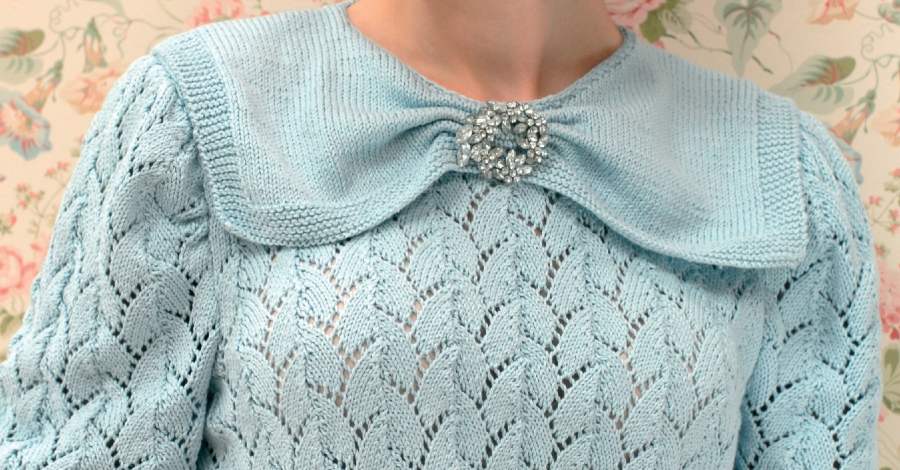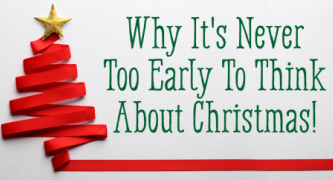With the nation’s love of vintage style still going strong, we break down some of the classic knitting fashions from between 1920-1949.
It has often been said that fashions repeat themselves, but there’s a long-lasting love of all things vintage that has never gone away. This fascination with styles and designs from yesteryear can clearly be seen both on the catwalk and in the numerous vintage clothing stores around the country.
Our vintage-style commemorative teacosy by Jane Burns is inspired by the centenary of the First World War, which begins this August. While we were thinking about vintage style, we decided to look into some of the classic fashions of the early 20th century, with a little help from A Stitch in Time by Jane Waller and Susan Crawford (£30.00, Arbour House Publishing/Knit on the Net).
This book is a reprint of Jane’s popular title from 1972 and includes more than 60 original patterns dating from 1920 to 1949. Each vintage pattern is accompanied by a modernised version of the same design using up-to-date yarns, weights and measurements. Every chapter focuses on particular style points from certain eras.
The tubular look, 1920-1932
During the early 20s, garments tended to be very loose-fitting, which hid any curves and created a boyish look. Later in the period, garments became much tighter around the arms and hips.
The feminine look, 1932-1935
This was a much more elegant time, and looking natural was the desired trend. Everything was designed to flatter the female form and make you look slimmer and taller.
The fitted, tailored look, 1935-1937
Necklines became higher and collars were focal points of a garment. Frills, ruffs and lacy stitches added femininity. Sweaters were shorter and emphasised narrow waists.
Smart suits and puffed sleeves, 1937-1940
The formal, tailored look became very popular for during the day, while puff sleeves were great for occasionwear. Chunky sweaters in one bold colour were also a big hit.
The square look, 1940-1949
Wartime fashions had to be functional and hardwearing, meaning knits were warm and practical. Square shoulders gave an impression of strength and there was less lace. In the latter part of the decade more bows and decorative aspects were reintroduced.
A Stitch in Time provides complete style guides for each period, not to mention a fabulous selection of knitted garments and accessories that are a must-have for any vintage fan!
Find out more about vintage knitting at www.knitonthenet-shop.com>




_333_180_c1.png)

_Craftihive_Let_s_Knit_Website_Blog_-_7.9.25_HEADER_IMAGE-01__333_180_64_c1.jpg)

_333_180_64_c1.jpg)
 Baby
Baby
 Toys
Toys
 Garments
Garments
 Crochet
Crochet
 Homewares
Homewares
 Dolls
Dolls



Share